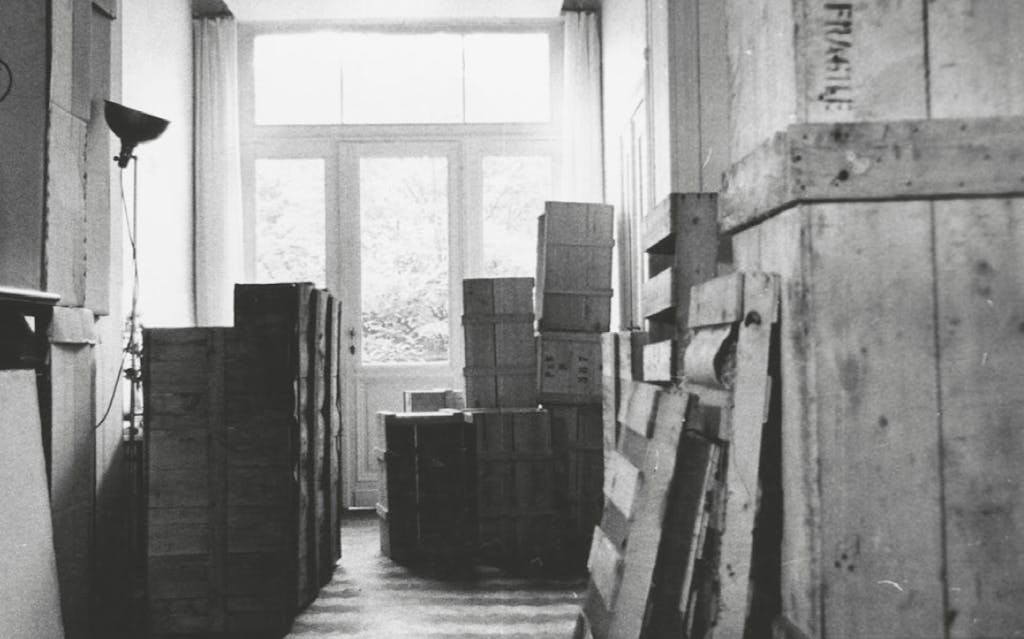Marcel Broodthaers

Marcel Broodthaers (1924–1976) was a Belgian writer, critic, artist and filmmaker. After studying chemistry and years of financial struggle working as a poet and journalist, in 1964 he decided to become an artist and invested fifty unsold copies of one of his poetry books, Pense-Bête, in plaster to create his first sculpture. That same year, the statement he wrote for his exhibition at Galerie Saint-Laurent is Brussels reveals to his wryly detached position that will be symptomatic his entire career:
Exhibitions
Institutional exhibitions
A Retrospective, Museum of Modern Art, New York, travelling to Museo Nacional Centro de Arte Reina Sofía, Madrid; and to Kunstsammlung Nordrhein-Westfalen, Dusseldorf
2016
Museum Fridericianum, Kassel
2015
La Monnaie de Paris
2015
Le Corbeau et le Renard. Aufstand der Sprache mit Marcel Broodthaers, Kunstmuseum Basel
2014
Pense - Bête, Stedelijk Museum voor Actuele Kunst, Ghent
2006
Rétrospective, Palais des Beaux-Arts, Brussels
2001
Cinéma, Fundació Antoni Tàpies, Barcelona travelling to Kunstahhle Düsseldorf; Centro Galego de Arte Contemporánea, Santiago de Compostela; and to Nationalgalerie in Hamburger Bahnof Museum für Gegenwart, Berlin
1997–1998
Signs & Emblems, Complete prints and editions, Museum of Modern Art, Oxford
1993
Galerie Nationale du Jeu de Paume, Paris
1991
Works
Marcel Broodthaers
Offset lithograph
composition (approx): 10 3/8 x 15 3/16 (26.3 x 38.6 cm); sheet: 14 15/16 x 20 3/16 (37.9 x 51.3 cm)
Edition of 300